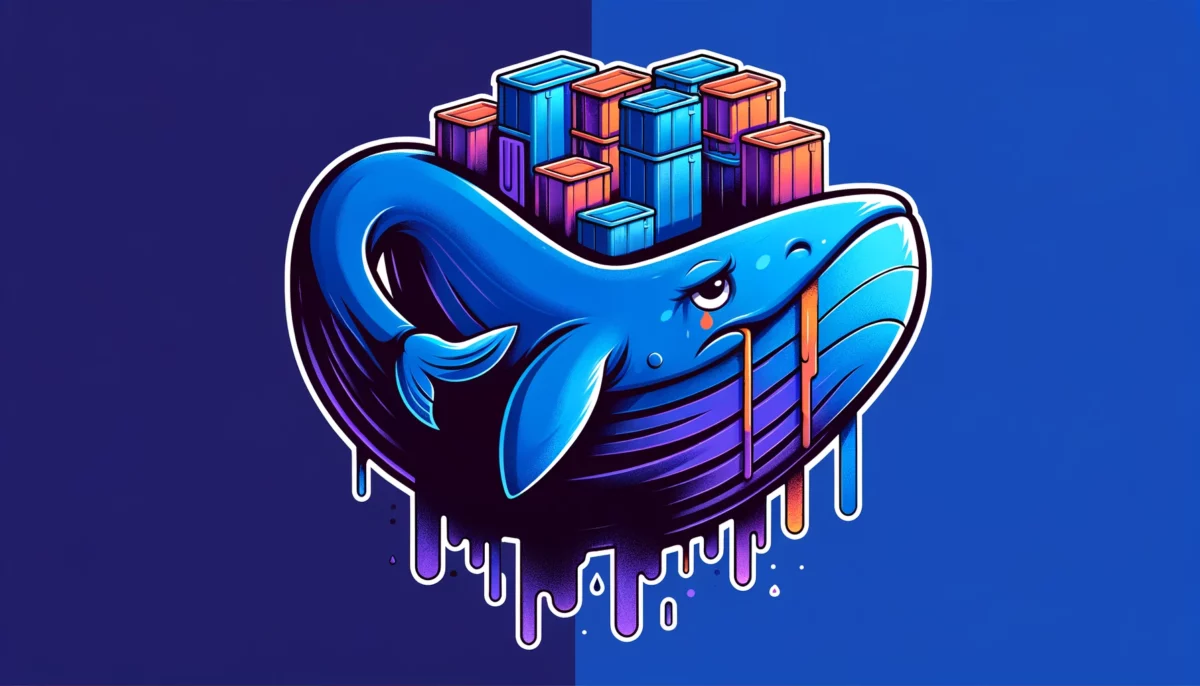Zero CVE Images: The Key to Secure Container Deployments
You are probably thinking, ” What is the big deal about secure container images? ” ” Well , let me tell you – it is a huge deal . Think about all the times you have downloaded an app or a game on your phone. Furthermore, you assume it is safe. Moreover, what if I told you that sometimes these apps and games can have minor errors in their code that malicious actors can exploit to gain access to your phone or computer? That is basically what a vulnerability is.
Zero-CVE Images: The Magic Solution?
Now, there is this thing called Zero CVE images that claims to solve this problem. It is like a superpower for your containers – it promises to make them completely safe from known vulnerabilities. That sounds amazing, right? But, is it really possible to make something completely foolproof?
The Tech Behind Zero CVE Images
So, let’s dive into how Zero-CVE images work. It is pretty cool. Essentially, they utilize advanced technology to scan your containers for any errors and correct them before they can cause any harm. It is like having secure container images for your apps and games.
Revolutionizing Container Security?
The potential of Zero-CVE Kubernetes images is huge. Nonetheless, if they can truly deliver on their promise, it could revolutionize container security. Consequently, no more worrying about downloading a shady app or game – everything would be safe and secure. But we need to be realistic too. Is it really possible to make something completely secure? Additionally, I guess we will just have to wait and see.
The Zero-CVE Reality Check: What It Cannot Do
So, you are probably excited about Zero-CVE Kubernetes images and the security benefits they offer. Hence, and you should be! Consequently, they are a great tool to have in your security arsenal. Additionally, but let it get real for a second. Zero-CVE images are not a magic solution that fixes everything.
It is Not a Silver Bullet
Zero-CVE images are not safe against all things. However, for example, they cannot help you overcome such attacks as zero-day attacks, which are similar to back-stabbing hackers who manage to infiltrate the system before you notice something is wrong. Besides, they will neither detect misconfigurations that are akin to errors that you may commit when you install your security system. And, truth be told, they are unable to repair vulnerabilities in your own application source code. It is as good as trying to shift the blame for your failures onto others.
Keep yourself Reckless
What, then, does this mean? This, therefore, implies that you still have your part to play in order to be safe. Don’t give up on those Docker image security best practices, such as providing individuals with only necessary access ( least privilege ) and observing what is happening. Therefore, keep yourself informed of any new threats and weaknesses, and ensure that your security sensors and mechanisms are updated. Zero-CVE images are a good start, although not the end. Also, it remains to ensure that you do the work to remain safe.
Keep an eye for more latest news & updates on Fappening Blog!






